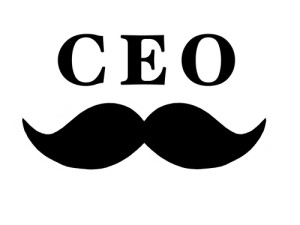Culture – abused or understood?
There are lots of people, practically everyone, who worry about time. They have their views on how one should manage time. But if you ask them to define or explain what is time, you can see them blank, squirming and become uncomfortable. There are some words or ideas which we think we understand but when we try and articulate, we realize how shallow our understanding of that idea is!
Culture is one such idea. Often abused in conversations, but poorly understood. I have heard conversations like “this is not our culture”, “one doesn’t do these things in our culture” etc. When I probe further to clarify, the definition of culture I have most commonly heard people use is “a set of acceptable or unacceptable behaviours/actions in an environment”. And yes, it does make sense!
I don’t think therefore there are any issues with comprehending what is culture, but it is more about how one goes about creating or managing culture. Many leaders in my client organizations wax eloquent about the need for culture. They often crib about erosion of culture. But the critical questions to ask are, “Do we know what makes culture and how to manage it? Is culture an aesthetic idea or does it have functional value? Simply, does culture produce results? How do we measure it?”
Frank & Roger Connors in their book Journey to the emerald city articulate a beautiful model called the Results Pyramid. The Results Pyramid consists of four elements – Results we want, Actions that people consistently produce to get these Results, The Beliefs that trigger these actions and the Experiences that created those Beliefs. So the Results Pyramid works in a simple way – be it at home or at work !
Experiences that people have generate beliefs in them, Beliefs trigger their actions/response in any given situation (often contrary to logical expectation!) and these Actions produce the Results eventually.
One of the most myopic tendencies that I have seen leaders in organizations display, is to believe that by suggesting/driving actions they can manage culture. This is because they tend to see only the top half of the pyramid and ignore the fact that without the bottom half, the top doesn’t exist. They fail to ask themselves the existential questions – If I don’t change belief, how can I change action? If I don’t change experiences, how can I change the belief? As they go about managing culture by driving actions through supervision, inspiring pep-talks, rewards, etc. they grow tired soon with the lack of sustainability.
The focus should therefore be on modeling the culture. Culture = Actions = (Beliefs + Experiences). Once we model the ‘Culture’ that can produce the results we want, we can start working below that invisible line that separates Results & Actions from Beliefs & Experiences. If you want to change culture, change the experiences!






